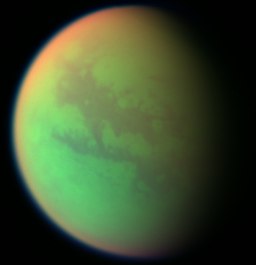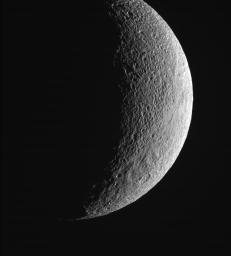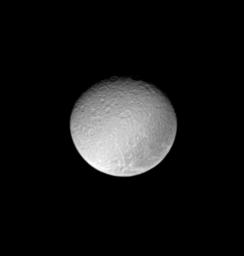INMS Results from T5

At an altitude of 1025 km, last week's Titan flyby was the closest yet. The prime instrument at closest approach was the Ion and Neutral Mass Spectrometer (INMS) instrument, which studies the chemical makeup of Titan's upper atmosphere. Despite expectations of find a relatively simple chemistry at those high altitudes, INMS found a plethora of ion species in Titan's upper atmosphere, as far up as the detection limit of 100 daltons (~amu). The periodic nature seen in the ionospheric mass spectra plot above shows that much of the chemistry is dominated by Carbon and nitrogen molecules with multiple carbon atoms. For example, the peak at mass 91 is likely C7H7 or Benzyl and the peak at mass 79 is C6H6 or benzene.
Confused by the graph? Here's a primer on the dalton and its close cousin, the Unified Atomic mass unit (u or amu). Don't become too fixated on the absolute number provided by the vertical scale. Those maybe off, but the relative abundances between masses should be accurate.







